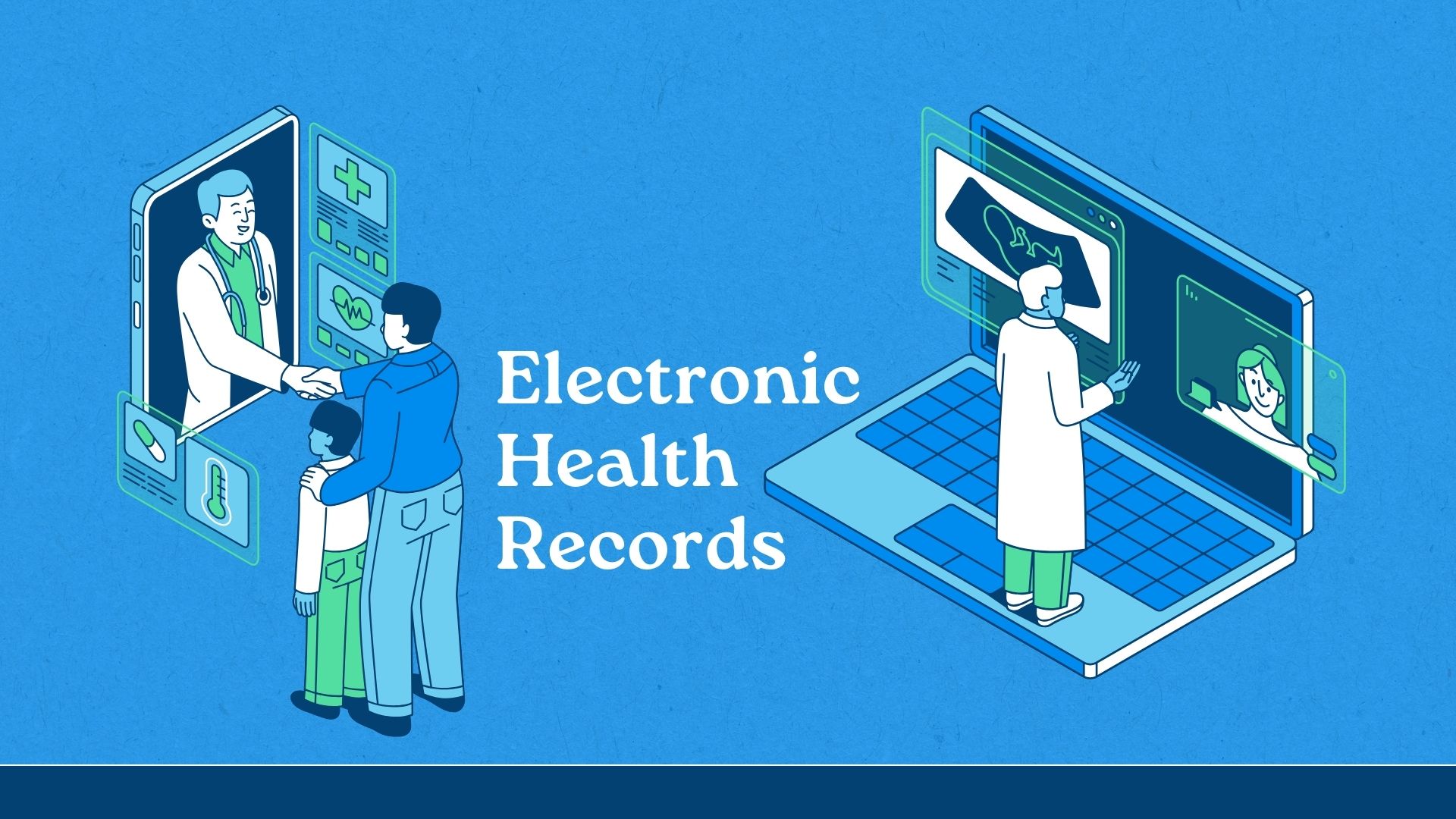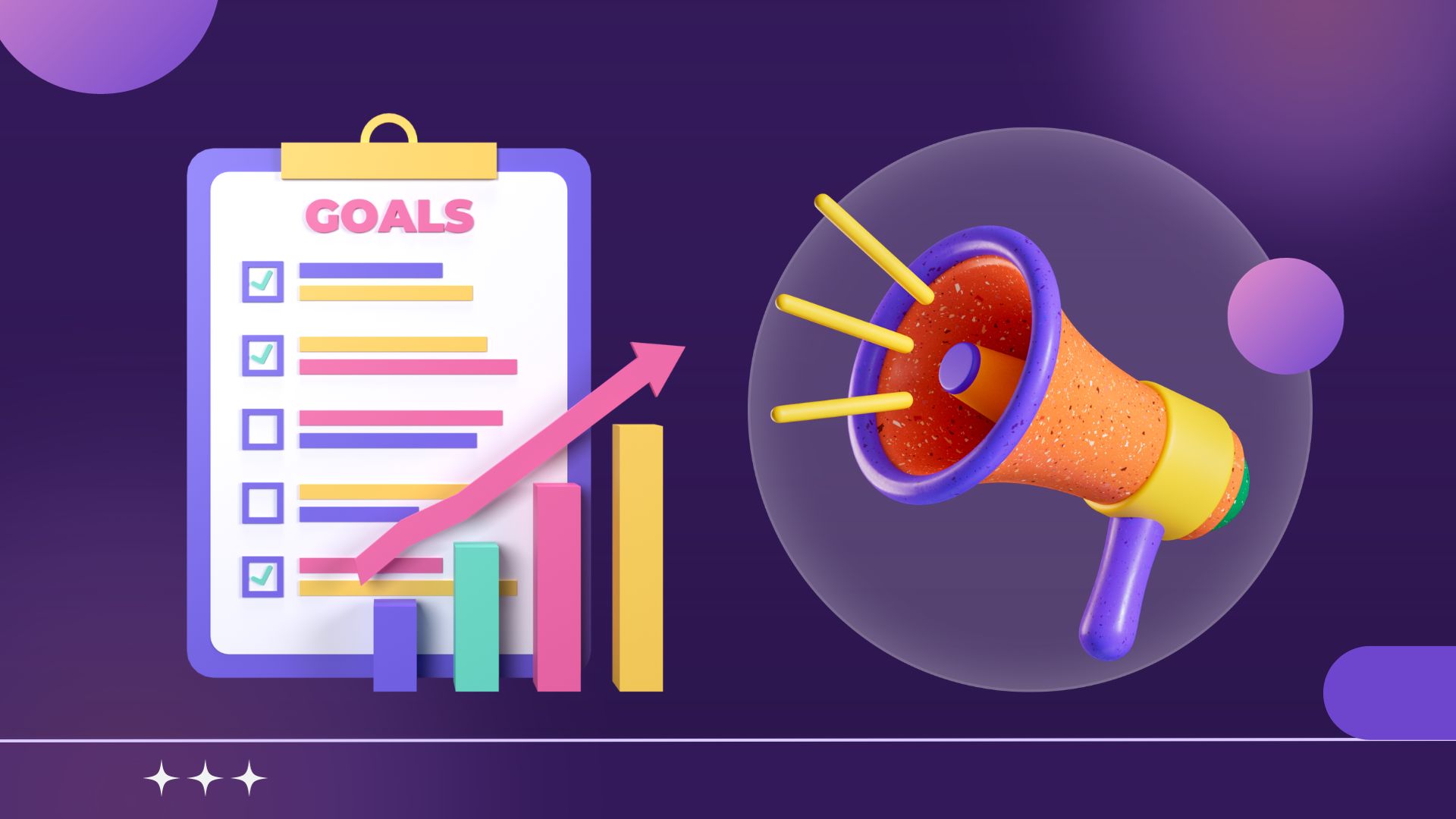Personalization: Coming Full Circle, Part II
 In my last column, I wrote about how personalization technologies have impacted business practices, and I discussed the first of three personalization categories – simple Web-based analytics.
In my last column, I wrote about how personalization technologies have impacted business practices, and I discussed the first of three personalization categories – simple Web-based analytics.
In this, the second part of this discussion on personalization, I'll cover the remaining two categories of personalization technologies: rules-based personalization and advanced analytic and data mining solutions. I'll also touch upon how businesses are starting to realize (once again) that personalization isn't just a technology, but a full-blown set of organizational, business and technical strategies to recognize, understand and fulfill the specific needs of individual customers.
Rules-Based Personalization
Rules-based personalization uses embedded business rules, which express business practices in logical constructs: if A, then B. For example, a rule could be: if a customer buys a bird feeder, then offer that customer a discount on bird seed. Rules-based personalization engines can help businesses serve personalization content "on the fly," cross-sell relevant products, and offer pertinent advice and/or problem resolution tips.
Its most effective use, however, is with complex transactions (such as loan origination), in which the seller has clear, structured and well-defined practices in identifying which customers it wants to do business with and how it needs to conduct these relationships. Rules-based personalization can be used to streamline and automate otherwise lengthy and tedious underwriting processes.
A big advantage of rules-based solutions is that unlike clickstream-based technologies such as cookies and collaborative filtering engines, business rules can be adopted for use in any platform, and thus are not limited to the Web.
The disadvantage is that rules-based personalization pre-assumes that you understand what the customer wants and how he or she wants it. The solutions are also not very scalable, because the business rules need to be constantly maintained. Having a well-defined process for re-setting the rules helps, and users can modify the rules by providing explicit preferences or commands.
Advanced Analytics
In this last category, I've lumped together all the predictive modeling and data mining software and systems that businesses can use to develop insights and uncover hidden relationships in customer shopping trends that aren't readily discernable by more traditional metrics (such as recent repeat purchases).
Before we continue, let's start with a confession: behavior analysis – using algorithms, trending, decision trees, samplings, parallelisms and other techniques to uncover patterns and predict likely behavior – is still as much an art as it is a science. Consumers are complex individuals who don't readily fall as neatly into the categories that statisticians create for them, nor can their behavior be readily predicted based on the past.
As you may suspect, there's a wide range of data mining strategies -simple database commands; selecting a subset of the data to analyze; sophisticated analytical techniques to drill down into the data and identify meaningful results. These state-of-the-art analytics include sophisticated statistical tools such CHAID (Chi-Squared Automated Interaction Detector — a market segmentation technique) and CART (classification and regression trees); smart data mining applications that use algorithms such as Bayesian networks to analyze and predict demand; and online analytical processing engines to crunch the numbers.
To the extent businesses can get the right data (asking the right questions) and set up their data warehouse accordingly, this will dramatically reduce the investment required to produce meaningful insights and actionable information.
Lessons Learned
If there's a common lesson to be learned from all these technologies – Web-based analytics, business rules-based personalization and advanced data mining solutions – it is this: traffic-pattern statistics and pattern-recognition algorithms only get you so far. That's because the real trick is to discover what customers want now – something that often can't be readily determined by analyzing the past.
While some of these technologies have found a useful role, more than a few have not. Many businesses have discovered that context is key. For example, the need to discriminate purchases for oneself vs. buying a gift. The often-cited example is the strange recommendations a collaborative filtering engine generates to a classical music buff after he buys an Eminem CD for his nephew's birthday.
Rules-based personalization has its place as a useful tool. But its current applications tend to provide simple, cosmetic personalization, on an anonymous basis. Many of the so-called personalization (both rules-based and collaborative filtering) solutions such as Art Technology's ATG Dynamo, Blaze Software, BroadVision and Manna are used to serve targeted content, which is not exactly a high-impact sales proposition. True personalization is dynamic, proactive, value-providing (knowledgeable, helpful, responsive) and personable.
And while data analytics can be impressive, they are limited in value without a clear data management strategy – determining which information is useful and/or predictive, and how to capture and manage this information to get a consolidated and integrated view of the customer. In the absence of a data management strategy, most businesses simply decide to store all information – which, due to declining storage memory costs, seems to be a safe way to go.
The Importance of Relevance
Relevance is the single most important aspect of personalization, and it doesn't come cheap or easy – which is why the focus of this investment should be made on your biggest and best customers.
The ability to provide a relevant offering to an individual customer calls for a mix of technologies (including the good old-fashioned technique of simply asking customers what they want instead of trying to implicitly divine this information using neutral networks), along with a supporting infrastructure of people, processes and tools. The ability to discern an individual customer's needs and interests doesn't mean much without the ability to provide the corresponding fulfillment of such interests. In other words, there's little economic benefit in the ability to identify individual needs without the corresponding ability to fulfill them.
This means not only building the back-end fulfillment capabilities to meet demand, but also providing customers the incentives to stay loyal. For example: "You recently bought something from us, we'll give you a discount on all purchases for the next few weeks." Or, "You haven't been here in a long while. Welcome back and please accept this gift with your next purchase!"
Conclusion
Discovering who your customers are and what makes them really tick is a major undertaking. So you need to ensure the potential lifecycle value of the customers you track is worth the investment required.
This should begin with an understanding of customer lifecycle value, which, by the way, can be dramatically impacted by loyalty strategies. Studies have found loyalty programs can not only dramatically increase (sometimes even doubling) retention rates, but also increase the amount a consumer spends.
On the technology front, solutions providers are developing increasingly integrated approaches. Analytic application providers are now partnering with campaign management and e-mail marketing vendors to provide even more targeted and complex technology solutions, dynamically generated and tailored to a specific user in real time.
But we must remember that personalization is not a technology. It is not even about selling or marketing. It's not about cross-selling or up-selling. First and foremost it's about building and managing a relationship. Personalization is about developing the ability to know what any particular customer wants, and when, how and why she/he wants it – which in turn is all about strategy, tactics, business processes, and understanding your customers.
It's amazing how many businesses whose competitive strategy is to differentiate themselves by getting closer to their customers still treat all customer touch points as opportunities to sell them more of something. These organizations need to realize that repeat purchases and cross-selling are a result – not the cause — of customer loyalty and satisfaction, which is driven by the quality of the business/customer relationship. Organizationally, most businesses are still structured to treat customers as transactions, not as individuals. Sales forces sell; call centers handle complaints and requests.
Businesses are learning (and re-learning) that relationships, like communications are two-way. Companies who seek to build and sustain committed relationships need to view and treat customer interactions as critical opportunities to add value, listen and learn.
Arthur O'Connor is one of the nation's leading experts on customer relationship management (CRM) and customer-facing IT systems and strategies. He's currently the national columnist for eCRMGuide.com and this year serves as the chairperson of the Institute for International Research's CRM Conference. Arthur has over 20 years leadership and management experience in the area of customer management, strategy and new business development, including 15 years as a senior corporate officer of two NYSE-listed inter national corporations, and over five years experience as an independent management consultant and Big 5 firm practice manager selling and managing large-scale IT engagements. He can be reached at [email protected].




